
MENUMENU
TALK TO AN EXPERT
Special Hours: 7AM – 6PM PST
TALK TO AN EXPERT
Special Hours: 7AM – 6PM PST
As shipping methods have evolved, regulations have become crucial to ensure the safety of people and goods along the supply chain. Distinguishing between hazardous and non-hazardous goods is essential to safe shipping practices. Stringent regulations for shipping hazardous materials, including lithium batteries, ensure manufacturers and shippers follow proper safety precautions. Shipping lithium batteries requires adequate packaging, labeling, and compliance with Hazardous Material Requirements. Using high-quality batteries that meet safety standards mitigates risks from cheaper imports.
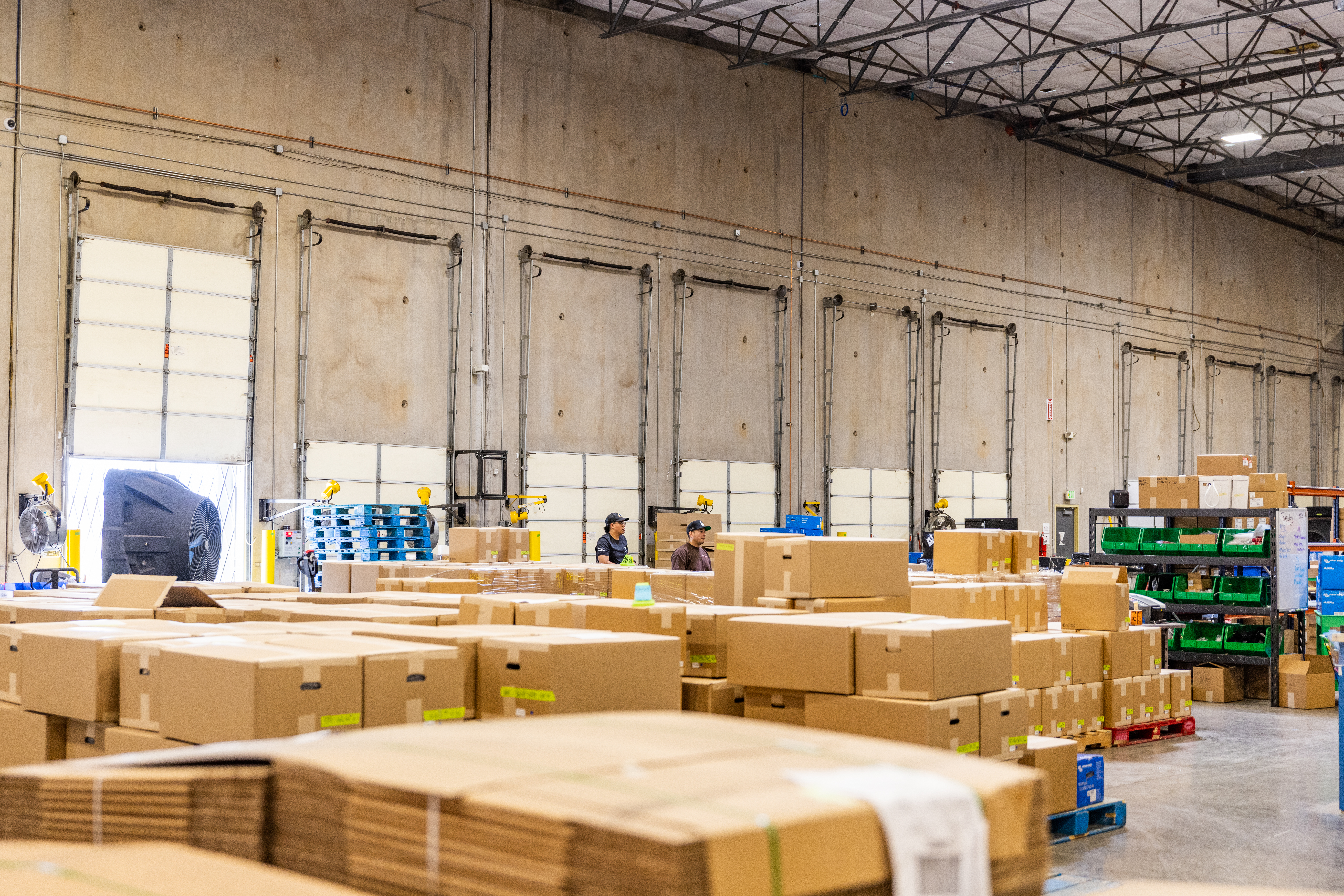
For centuries, craftsmen and merchants sold goods exclusively in the local markets and nearby towns and provinces by foot or early transportation. “During the 3rd Century B.C., shop owners and merchants discovered that transporting their products by sea was much faster, cheaper, and more efficient than by land.” Before modern tracking methods, shippers packed goods in crates and sacks below deck, uncertain whether they would reach their destination.
It wasn’t until the late 20th century that shipping as we know it today began developing. Borrowing complex logistics processes used by Roman and Greek militaries, businesses began using logistics for shipping in the 1960s. “For businesses, logistics involved filing orders, production planning, distributing products, warehousing, storing, and even customer service. They discovered that logistics made their shipping process much more streamlined and cost-efficient, allowing them to transport goods quickly to their customers.”
The rapid globalization of the mid-20th century pushed businesses to focus on shipping and logistics to stay competitive in the market. “During this period, more advanced vehicles, railroads, planes, and ships made it possible for businesses to ship their products quickly, not only in their local areas but also worldwide. Additionally, machinery such as forklifts played important roles in warehousing and transporting items.” As technology and communication quickly advanced, connecting all corners of the globe, businesses were able to increase their customer base. Still, they had to find quick and cost-effective ways to transport their goods.
Over the years, businesses adopted ground, air, ocean, and rail shipping to sell goods across continents and oceans. The introduction of intermodal shipping combined the best of all worlds as companies could use multiple modes to transport products.
“It combines the advantages of various shipping methods such as ground, air, ocean, and rail shipping to offer a flexible and cost-effective shipping solution. Intermodal shipping often involves using containers that can be easily transferred from one mode of transportation to another, allowing for efficient and secure shipping of goods. Intermodal shipping can often reduce shipping times and costs while improving supply chain efficiency.”
With so many methods available for transporting goods, businesses can transport nearly any product to different parts of the world. Anything from paper products to fresh produce, electronics, heavy machinery, and even live animals can be imported and exported. This allowed for increased market competition, allowing consumers to source products from where they’re cheapest or easiest to procure. As the shipping and logistics market exploded, the need for regulation became increasingly apparent.
Although shipping regulations can be confusing, it’s easy to see that the requirements for shipping a sheath of paper and for shipping live animals should differ. Various factors impact shipping requirements, including the size and weight of goods, the quantity being shipped, the urgency of delivery, and the nature of the goods, such as perishability, value, and potential safety hazards.
A significant factor in determining the shipping regulations for a product or good is whether or not it is hazardous. “Non-hazardous cargo is usually not regulated for shipping as it is considered safe and does not pose a risk to people, the environment, or health.” This type of cargo is typically “not corrosive, toxic, flammable, or reactive” and therefore does not require a warning label. Many products you encounter within your day-to-day life would fall under this category. Also, shipping standards do not regulate non-infectious, non-hazardous, and non-toxic biological samples.
On the other hand, regulations tightly control hazardous materials, which must follow strict shipping procedures. The U.S. Department of Transportation (DOT) requires anyone who ships a good to know if their product is hazmat and communicate the hazards appropriately. According to DOT regulations, hazardous materials include any substance that poses a risk to people and the environment and is potentially corrosive, toxic, flammable, or reactive.
“Lithium cells and batteries power countless items that support everyday life from portable computers, cordless tools, mobile telephones, watches, to wheelchairs and motor vehicles.” As the pace of our world continues to hasten, more and more people are relying on portable power for essential devices we use constantly in our daily lives. To keep up with this demand, “today’s lithium cells and batteries are more energy dense than ever, bringing a steadily growing number of higher-powered devices to market. With the increased energy density comes greater risk and the need to manage it.”
The type, size, and specific chemistry of a lithium battery will significantly affect how hazardous it is to ship. While some lithium-ion batteries, such as lithium iron phosphate (LiFePO4), are much safer than others, they still pose some risks and require proper regulation. “Unlike standard alkaline batteries, most lithium batteries manufactured today contain a flammable electrolyte and incredibly high energy density. They can overheat and ignite under certain conditions, such as short circuits, physical damage, improper design, or assembly.”
Shippers are essential in reducing risk and preventing incidents when dealing with hazardous materials like lithium batteries. By adequately labeling and packaging lithium batteries, shippers can ensure that all people involved in the shipping process stay safe from the harm of misused batteries. The DOT considers lithium batteries to be hazardous materials. This means they must conform to all applicable Hazardous Material Requirements (HMR) requirements for air, highway, rail, or water transportation.
Safety is paramount in shipping, regardless of the type of lithium battery you’re dealing with. For Battle Born Batteries, the DOT considers that our batteries fall under Class 9 misc. hazardous material classification. For them to legally ship within the United States, they must follow the following strict standards:
Our batteries carefully follow hazmat shipping regulations and comply with the highest safety standards. Primarily, Battle Born Batteries meet UN 38.3 Safety Certification required for shipping within the United States. This means our batteries have passed the United Nations Transportation Testing Procedure for shipments of lithium-ion batteries by air, land, or sea. Battle Born Batteries also meet UL-62133-2 Safety Certification, UL-2054 Safety Certification, and IP65 ratings. Complying with these strict safety standards and testing procedures ensures we can ship and manufacture the safest batteries on the market.
While lithium batteries have completely changed our daily lives and given us access to portable power unlike ever before, the increased safety risks emphasize the importance of choosing high-quality batteries. They supply more reliable power and comply with the strictest safety standards, protecting you, your family, and your things. Inexpensive import batteries typically cut corners to mass-produce a cheaper product. These batteries tend to perform more poorly and come with a greater risk of malfunction, possibly leading to catastrophic failure.
“Another substantial concern associated with inexpensive imports is the failure to comply with stringent shipping requirements. Lithium batteries are regulated to be shipped with specific packaging, isolation, documentation, and labeling to ensure safety, and many imported battery brands neglect these crucial measures. This aspect is further emphasized when considering the importance of third-party certifications and listings, which are crucial for shipping compliance and adherence to a comprehensive set of rigorous safety standards.”
At Battle Born Batteries, we prioritize manufacturing batteries that meet the strictest quality and safety standards. Before you even begin using your battery, we want to ensure it arrives at your door safe and ready to meet your power needs. Safe shipping practices not only protect everyone who handles Battle Born Batteries as they make their way across the country, but they also protect the battery so it is in the absolute best possible condition to power your system.
Experience the difference of safe and reliable lithium-ion batteries on your next off-grid adventure and upgrade today! Shop online at battlebornbatteries.com or call in and chat with a technical specialist at (855) 292-283
Shop Best Sellers
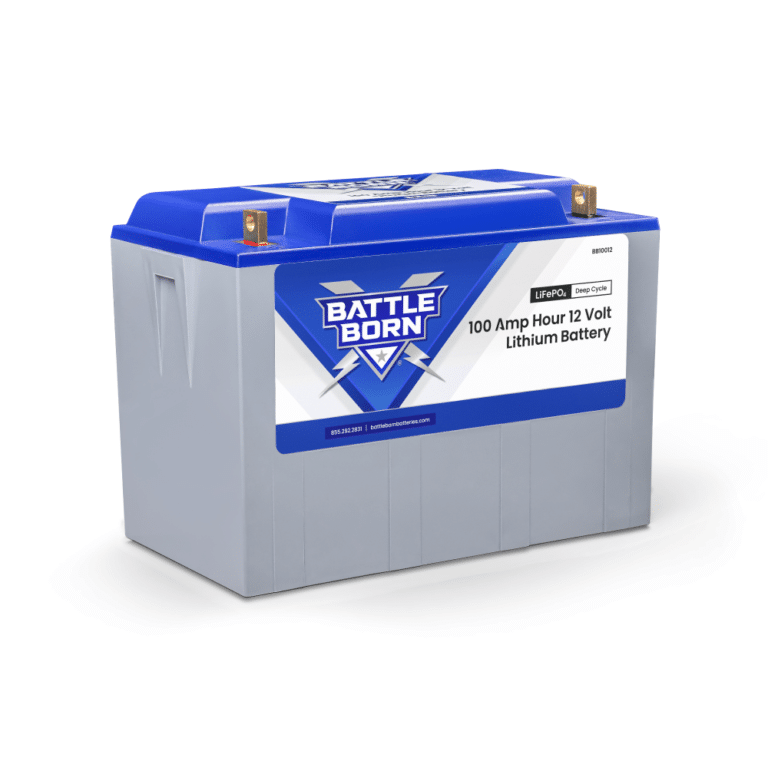
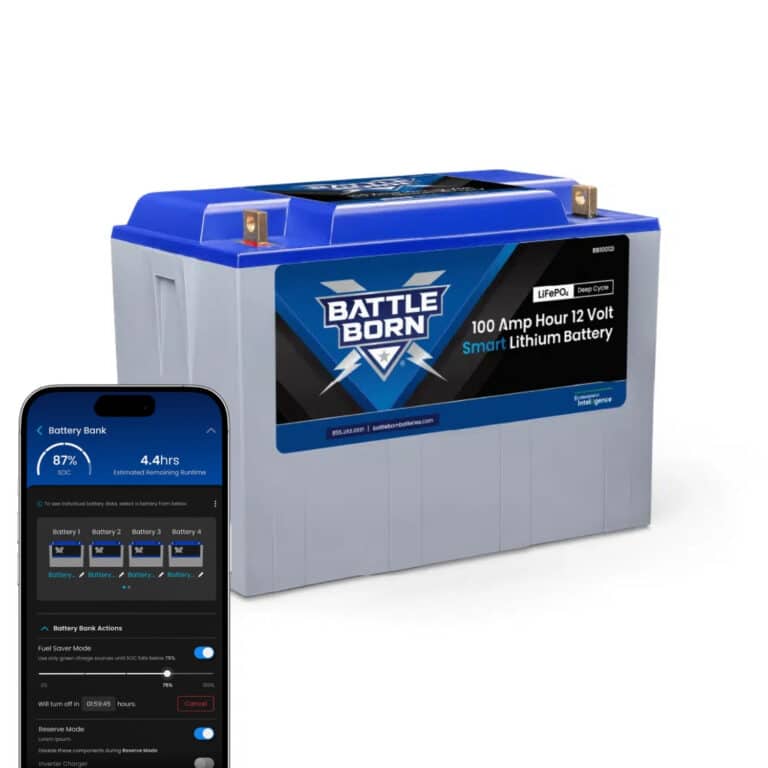
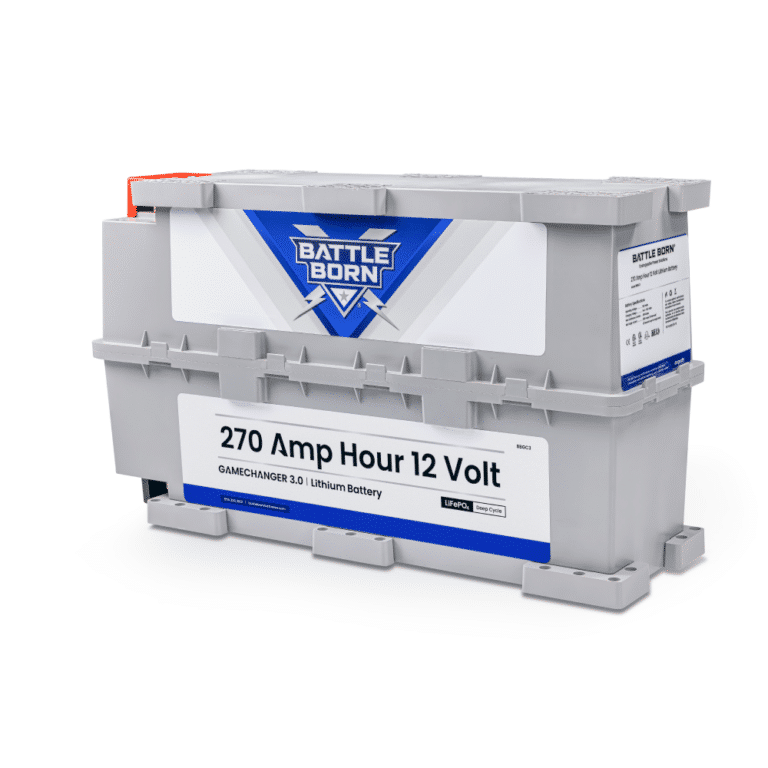
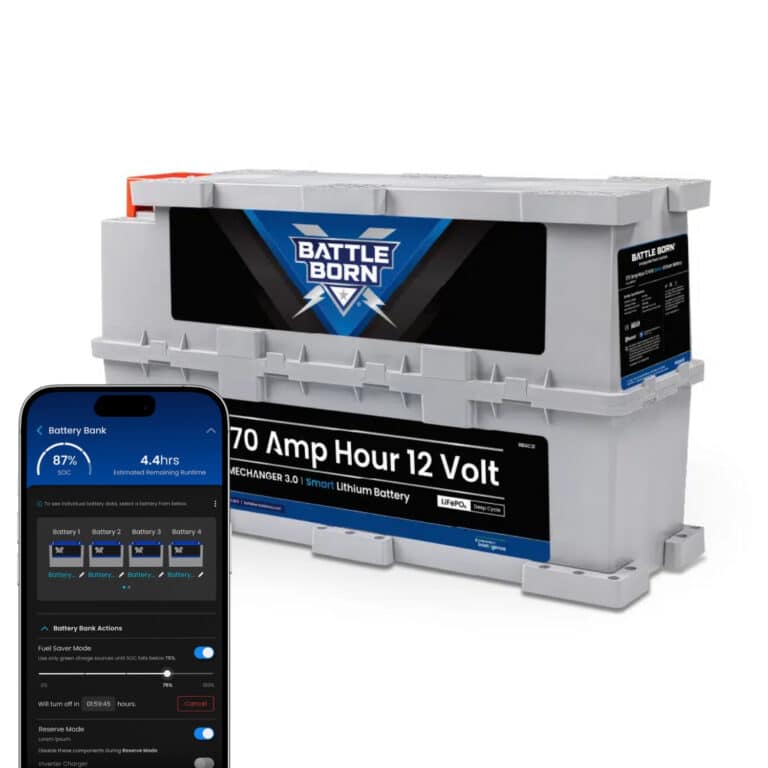
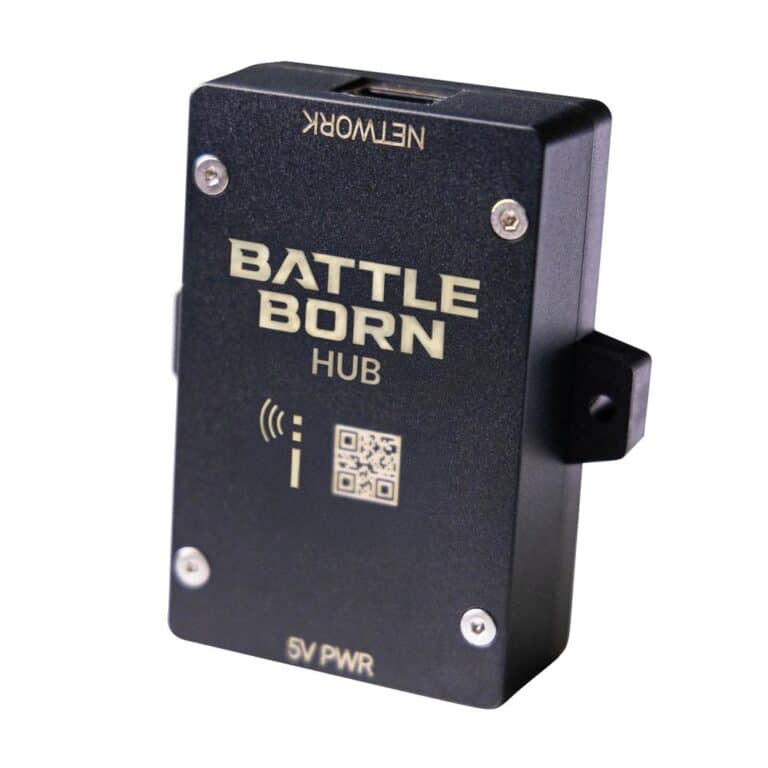
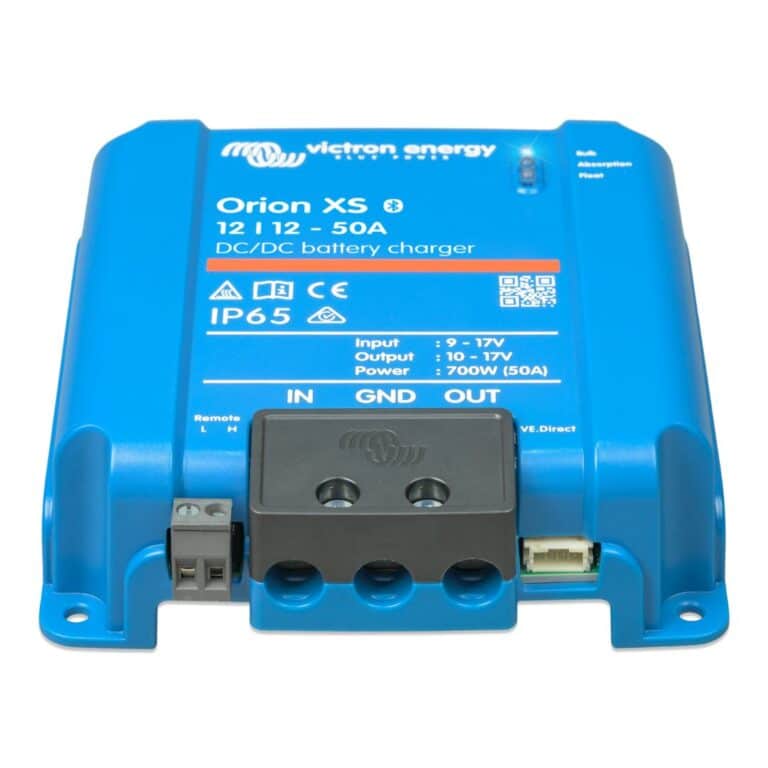
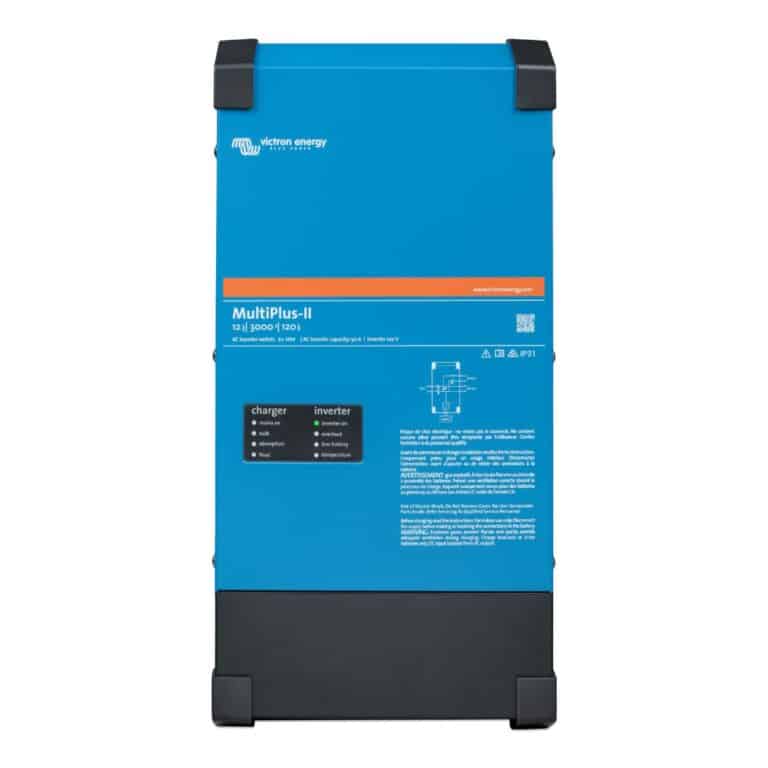
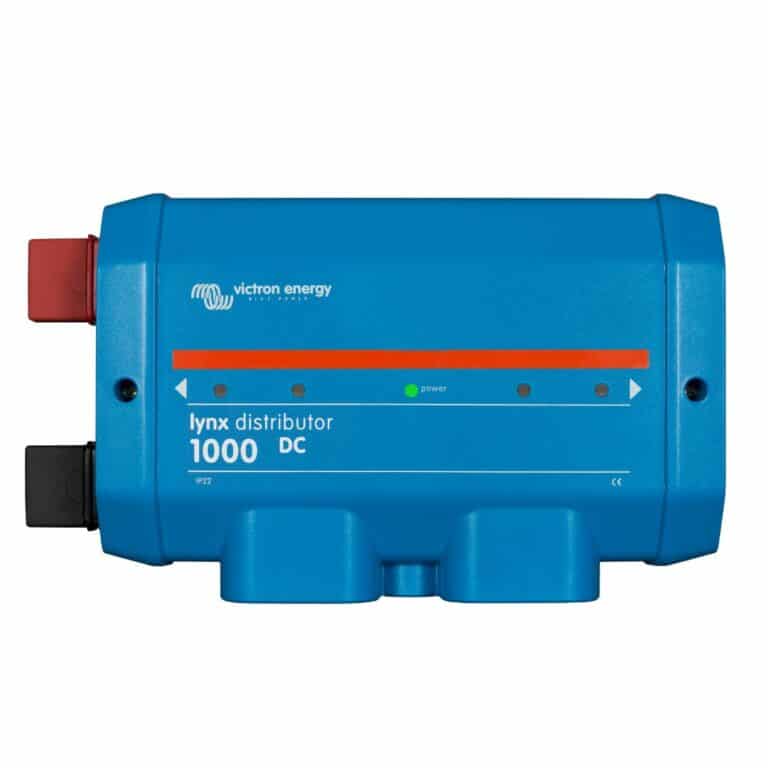
Ask a technical specialist now at 855.292.2831
Stay in the Know